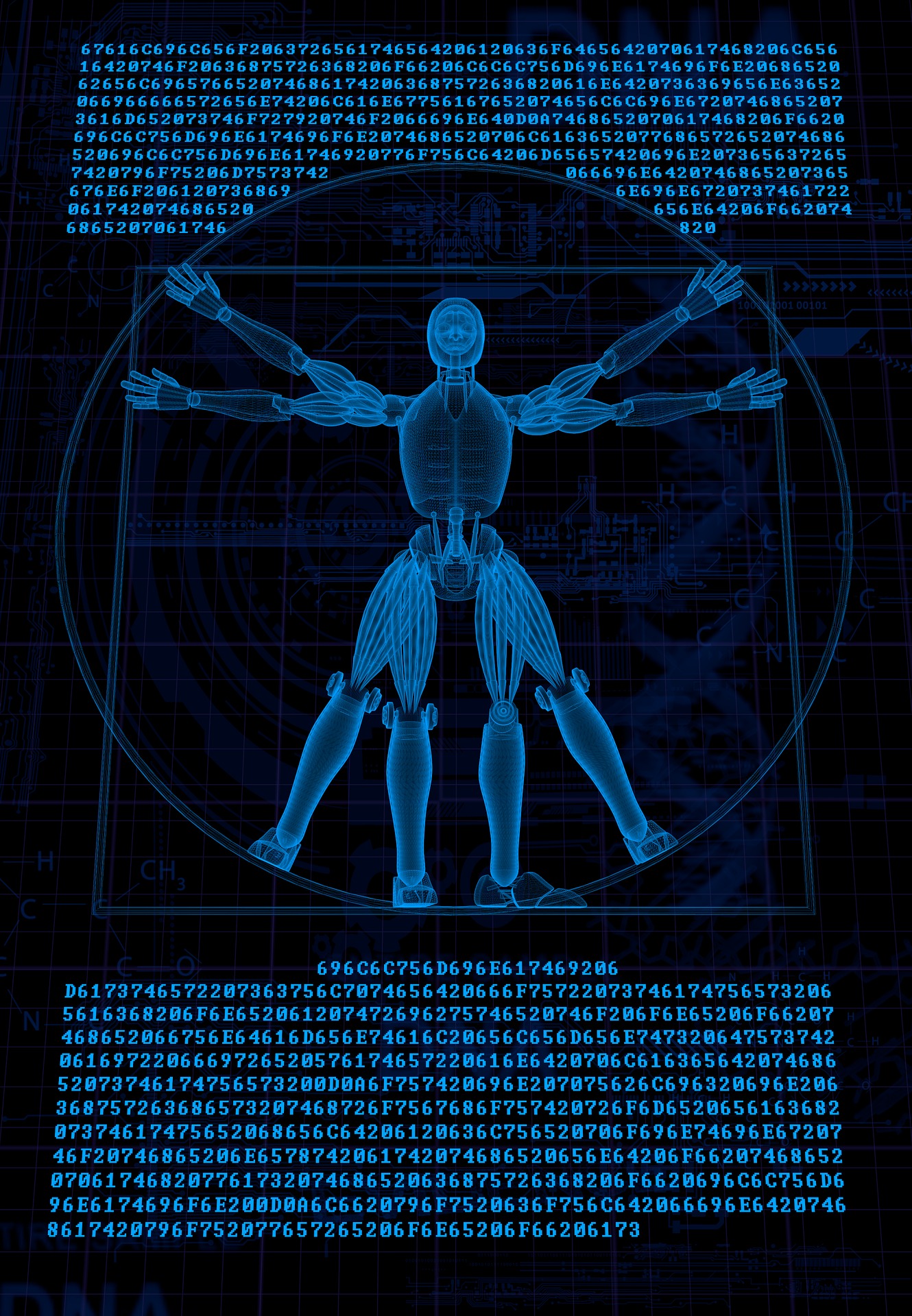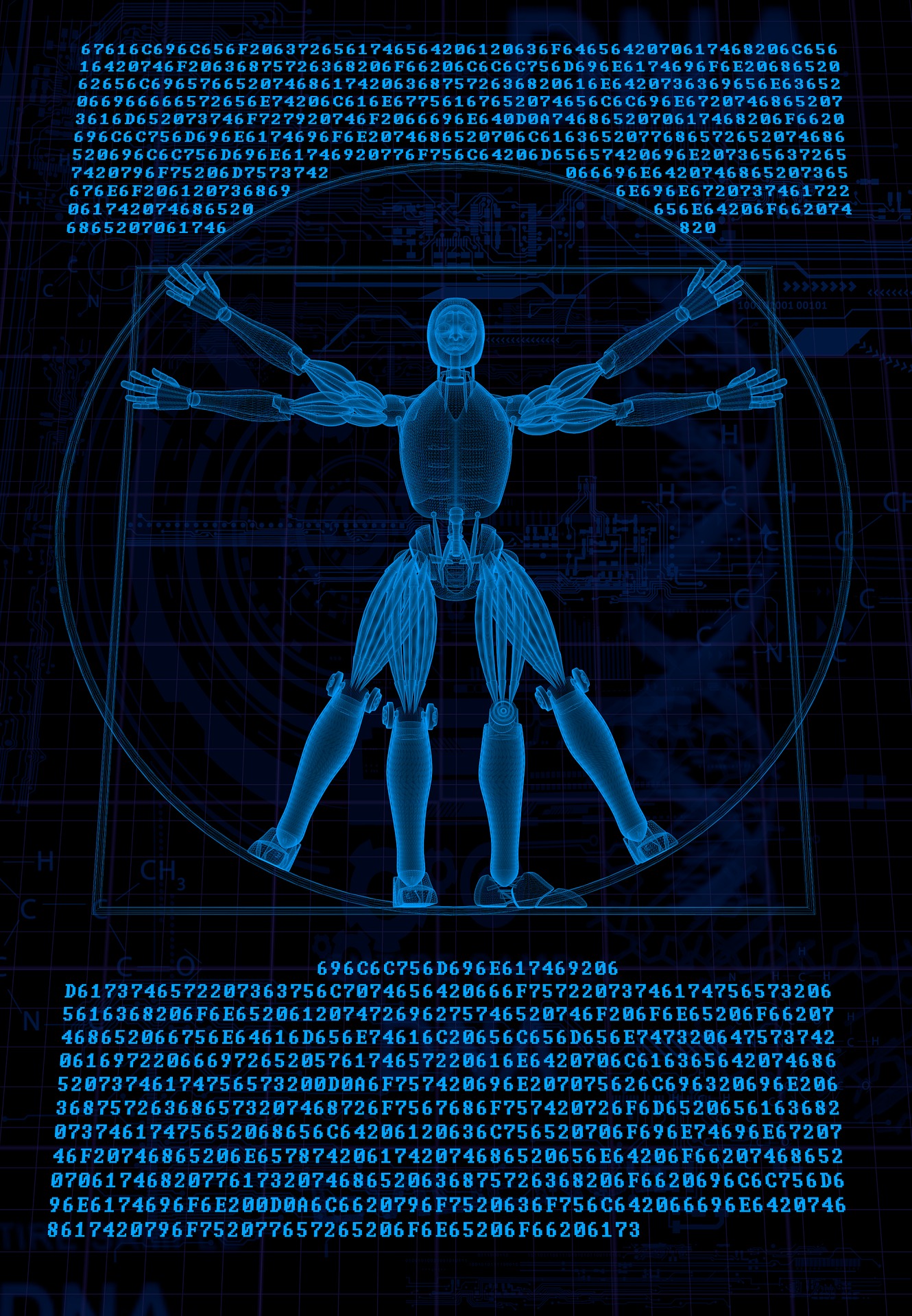
Data Protection Day 2022
Every year on January 28, we celebrate Data Protection Day (for Europe) and Data Privacy Day for those outside the union.
In any case, it is an opportunity to reflect on relevant issues related to the protection of personal data and privacy.
Today, I submit some reflections on three main points to the reader’s attention.
First, be aware that times have changed.
That is what I wrote some time ago, and it is a fundamental aspect but, at the same time, the main starting point.
We need to be ready to face the challenges but with a change of mentality.
There is no doubt that we have been in a new era of data protection and privacy for some time now. However, unfortunately, this is not perceived by everyone. We still hear people talking about personal data protection with an approach that is not appropriate for the current times.
GDPR is a revolution, and most of us struggle to get into the new conceptual dimension of data protection.
Second - Be able to identify the challenges or have an idea of them.
What are the challenges?
We should be aware of the changes.
It is enough to read some current news on the Internet to understand what is happening.
For example, I refer to the growing data traffic on the Internet (we already know about big data); currently, the size is Zettabytes. However, we continue to refer to smaller sizes, almost as if nothing has changed.
In 2018, IBM predicted that in 2020, we would reach 40 Zettabytes (almost 43 trillion GB).
Now it’s 2022, and I’m sure people are still unaware of network traffic’s current and future size.
The questions are:
- “Where is our mind pointing?”
- “What is our view on technology development?” and accordingly,
- “What is our approach on the impact innovation may have on personal data and privacy?”
Two years ago, I created a model and precisely the Data Protection and Privacy Relationships Model (DAPPREMO).
DAPPREMO is a relational model based on high mathematics and set theory that can be used both now and in the future because it supports the right approach.
The DAPPREMO logo is what in mathematics is called a fiber bundle, where each intersection of the lines constitutes an object that exists in our reality. Yet, we probably don’t see these objects or consider them approaching and addressing privacy issues.
Third - Focus on the key challenges
Looking inside the room in which we work is not productive.
Only a broader view that considers what’s happening in the world, at least on a macro level, can be helpful.
We observe the most innovative phenomena discussed at the international level that impact personal data protection and privacy is undoubtedly indicative and provides a clear and outlined picture.
Therefore, from this observation, we try to indicate the main challenges that could impact personal data, privacy, and human rights:
- cybersecurity;
- artificial intelligence;
- online digital identity;
- robotics and ethics;
- technologies used in neuroscience and neurobioscience;
- connected and self-driving cars;
- cloud computing between hybrid cloud and secure public cloud strategies;
- Web 3.0;
- Internet of Things and Edge Computing;
- systems and solutions for proper digital communication.
The above list, certainly not exhaustive, gives an idea of how complex the issues related to protecting personal data, privacy, and human rights are.
For example, trivially today, the difference between private and business communication is still unclear to many regarding the last point that refers to proper digital communication.
People who work both in public and private sectors use messaging applications to communicate with users and clients, respectively, which are centralized and probably exposed to non-compliance with data protection regulations.
People should not use those apps to send documents that contain “sensitive” information and confidential messages. What about in case of unauthorized access to that information?
The contributions on Web 3.0 (Web3) are well known: semantic web, blockchain, and decentralized. Few aspects express, however, all their complexity. What will impact personal data, privacy, and human rights?
This modest contribution aims to put on the table those the primary (or at least the most discussed) challenges we are facing to start a reflection on what lies ahead.
Happy Data Protection Day 2022!
